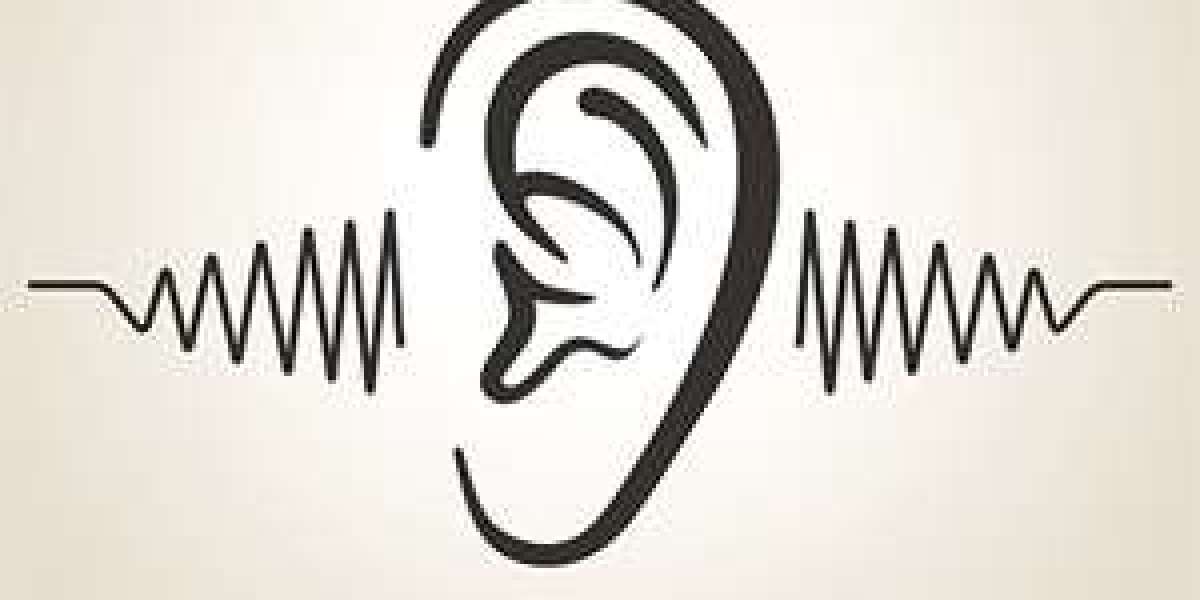Our eyes are not only the windows to the world but also a reflection of our overall health. They are complex organs, and their health is essential for our well-being. While many people may take their eyesight for granted, it is crucial to be aware of common eye conditions and the significance of detection through eye testing. In this comprehensive article, we will explore some prevalent eye conditions, their warning signs, and the role of regular eye examinations and eye testing in Sri Lanka in identifying and managing these issues.
Understanding the Complexity of Eye Health.
Our eyes are intricate structures with various components working together to provide us with vision. The cornea, lens, iris, retina, and optic nerve, among others, all play vital roles in this process. Unfortunately, like any other part of the body, the eyes are susceptible to a range of conditions, some of which can lead to visual impairment and if not addressed promptly.
Myopia (Nearsightedness).
· Myopia, or nearsightedness, is a common refractive error where distant objects appear blurry. It occurs when the eyeball is too long or the cornea's curvature is too steep. Contact lenses in Sri Lanka are usually worn to correct these.
· Warning Signs: Frequent squinting, difficulty seeing distant objects clearly, and eye strain.
Hyperopia (Farsightedness)
· Hyperopia, or farsightedness, causes close objects to appear blurry. It happens when the eyeball is too short or the cornea has insufficient curvature.
· Warning Signs: Difficulty focusing on nearby objects, eye strain, and headaches.
Astigmatism.
· Astigmatism results from an irregularly shaped cornea, causing blurred or distorted vision at any distance.
· Warning Signs: Blurred or distorted vision, eye discomfort, and headaches.
Presbyopia.
· Presbyopia is an age-related condition affecting the ability to focus on close objects. It usually occurs after the age of 40.
· Early Warning Signs: Difficulty reading small print, the need for reading glasses, and eye strain.
Glaucoma.
· Glaucoma is a group of eye conditions that damage the optic nerve, often due to elevated intraocular pressure. It can lead to irreversible vision loss.
· Warning Signs: No early symptoms; regular eye exams are crucial for early detection.
Cataracts.
· Cataracts involve the clouding of the eye's natural lens, leading to reduced vision. They are common with aging but can also occur in younger individuals.
· Warning Signs: Blurred vision, sensitivity to light, and difficulty seeing at night.
Age-Related Macular Degeneration (AMD).
· AMD is a progressive eye condition affecting the macula, the central part of the retina. It can result in central vision loss.
· Early Warning Signs: Blurred or distorted central vision, difficulty recognizing faces or reading.
Diabetic Retinopathy.
· Diabetic retinopathy is a complication of diabetes that damages the blood vessels in the retina, potentially causing blindness.
· Early Warning Signs: No early symptoms; regular eye exams are crucial for early detection in individuals with diabetes.
Conjunctivitis (Pink Eye).
· Pink eye is an inflammation of the conjunctiva, the thin, clear tissue that covers the white part of the eye and lines the inner surface of the eyelids. It can be caused by infections, allergies, or irritants.
· Early Warning Signs: Redness, itching, tearing, discharge, and discomfort.
The Role of Regular Eye Examinations.
Regular eye exams, conducted by an optometrist or ophthalmologist, are essential for detecting these common eye conditions early, even before noticeable symptoms occur. These exams typically include:
· Visual Acuity Testing: Assessing how well you can see at different distances, which can reveal refractive errors such as myopia or hyperopia.
· Refraction Testing: Determining the exact prescription for corrective lenses if needed to address refractive errors.
· Tonometry: Measuring intraocular pressure, a critical factor in the early detection of glaucoma.
· Dilated Eye Exam: Using eye drops to dilate the pupils, enabling a thorough examination of the retina, optic nerve, and other internal structures.
· Retinal Imaging: Taking high-resolution images of the retina to track changes over time and detect conditions like diabetic retinopathy and AMD.
· Visual Field Testing: Assessing your peripheral vision to identify early signs of glaucoma and other conditions.
Early Detection Saves Sight.
The importance of early detection cannot be emphasized enough. Many eye conditions, such as glaucoma and diabetic retinopathy, can be asymptomatic in their early stages. By the time noticeable symptoms occur, irreversible vision loss may have already taken place. Early detection and intervention can help preserve your vision and prevent further complications.
Additionally, some eye conditions, like cataracts and refractive errors, can significantly impact your quality of life. Early diagnosis and treatment can enhance your vision and well-being, making daily activities more enjoyable and comfortable.
Prevention and Lifestyle Factors.
While regular eye exams are crucial for early detection, there are also steps you can take to protect your eye health:
· Maintain a Healthy Diet: Consuming a diet rich in vitamins and minerals, especially those with antioxidant properties like vitamins A, C, and E, can support eye health.
· Protect Your Eyes from UV Radiation: Wear sunglasses with UV protection to shield your eyes from harmful ultraviolet rays.
· Manage Underlying Health Conditions: If you have conditions like diabetes or hypertension, work closely with your healthcare provider to manage them effectively.
· Avoid Smoking: Smoking is linked to an increased risk of eye conditions like cataracts and AMD. Quitting or avoiding smoking can have a positive impact on your eye health.
· Take Regular Breaks: If you work on a computer or engage in other activities that strain your eyes, follow the 20-20-20 rule. Every 20 minutes, take a 20-second break, and look at something at least 20 feet away.
Our eyes are invaluable, and preserving our vision should be a top priority. Understanding common eye conditions and the importance of early detection through regular eye testing is essential for maintaining optimal eye health. By scheduling routine eye exams, staying informed about common eye conditions, and adopting a healthy lifestyle, you can protect your eyes and enjoy a lifetime of clear, vibrant vision.
Don't wait until symptoms manifest; prioritize your eye health today with a good optician in Sri Lanka to secure a brighter tomorrow. In the world of healthcare, where prevention is often the best medicine, regular eye checkups are a simple yet powerful way to preserve the invaluable gift of sight. Your eyes deserve the care and attention necessary to ensure a lifetime of visual clarity and well-being.








